Tylosaurus: Popular Culture’s Oceanic T. rex
Posted by: Loren Coleman on August 24th, 2009
Updated with newly dated data.
Tylosaurus (Greek for “knob lizard”) was a prehistoric reptile that swam in the shallow seas of the Western Interior Seaway, splitting North America, perhaps even traveling from the Arctic Circle to Central America, about 85-80 million years ago, during the middle-late Cretaceous. These marine reptiles were about 35 to 70 feet long and weighed 7 tons plus. Fossil evidence in the form of stomach contents and associated finds shows they ate fish, turtles and other reptiles.

Safara, Ltd’s 1991 model of Mosasaur.
A type of mosasaur — an aquatic reptile related to modern snakes and monitor lizards — Tylosaurus may have hastened the extinction of less specialized pliosaurs and plesiosaurs, according to most research. Mosasaur skin, btw, has been well-documented since 1878, as Darren Naish discusses in this article, so the effort to capture what they looked like is nothing new.
In recent years, Tylosaurus has been one of the fanciful suggestions for the origins of reports of sea monsters, and, at the end of the 19th century, the concurrent discussions of sea serpent reports as this marine reptile’s discovery was becoming part of popular culture.
In stride, toy manufacturing companies in the 20th century began producing replicas of Tylosaurus, as they were the top predators of the seas. You know how successful Tyrannosaurus rex has been in human art, imagination, movies, and toys, and Tylosaurus filled that niche for the oceans.
Today, we hear from contributor Chema who sends along a graphically supported overview of the question, “How did the Tylosaurus crest evolve in popular culture?”
I thank Chema for granting permission to reprint this, developed from an original Dinosaur Toy Forum message, with my small edits, introductory and framing materials on modern replicas.
The implications for cryptozoology, in understanding the evolution and development of popular cultural imagery, are insightful in Chema’s guest writing, and I appreciate the sharing of this finely illustrated contribution. ~ Loren
+++++++
From Chema:
I have been doing a little research about the history of the design in the reconstruction of the Tylosaurus. I always loved the retro style with the dorsal crests (which made it look like a mythic sea serpent or a sea dragon).
The design of the Tylosaurus crests, however, appears to be strictly a creation of the artists Charles Knight (1874-1953) and, more concretely, Zdeněk Burian (1905-1981).
This is the oldest design I could find of the Tylosaurus. It is a drawing from 1897, by the artist Charles Knight. It has only an extremely minor crest, which is difficult to see, but is there.
Here again, the Tylosaurus was drawn with minor crests, in 1899, by the same artist, Knight. He made it from a skeletal sketch:

There was no evidence of any crests in the skeleton, therefore, Knight invented a line of very little ones along the back of the animal.
In another painting of the Tylosaurus from 1899, again by Knight, the design remains the same, again with some very little crests on the back.
Other artist’s Tylosaurus art emerged between 1900 and 1910, in which they mostly copied Knight’s seminal “little crests” design. (They are not shown here because I want to focus on Kinght’s initial evolution of the design.)
Again here is the same design, by Knight, from 1922:
Then, in 1931, Charles Knight put bigger crests on the species, making it look more mythical, for the following painting in a mural for Chicago’s Field Museum of Natural History:
Zdeněk Burian would follow that path and would make the best design of the Tylosaurus ever, in my opinion, in 1941:
Modern representations of the Tylosaurus eliminated the crests, probably because there was no fossil evidence that supported them. The Tylosaurus again looked more like its first design:
In contemporary popular culture, the Tylosaurus has been depicted following both Knight and Burian styles. For example, as can be seen in these Turok comic books.
Tylosaurus Charles Knight version (very little crests):
Tylosaurus Zdeněk Burian version (big crests):
The Tylosaurus of the Panini replicas (shown below, bottom one of the three) has relatively prominent crests along its back. As no fossil evidence of these exists, more than the late 19th century and early 20th century artwork, this figure surely was designed after the second big crests version of Knight’s, or Burian’s.
~ Chema.
+++
Modern considerations of the lack of crests continue to be reflected in current replicas, and issue forth from the finding that the imagined ridges were merely decomposed collagen and/or misidentified tracheal cartilage, misinterpreted by Knight, Burian, and other artists. ~ Loren

Safari, Ltd’s Carnegie Tylosaurus, 21st Century edition.

CollectA/Procon’s Tylosaurus, 21st Century edition.
The new Tylosaurus imaging was taken to the extreme in the 2007 National Geographic film, the 3D IMAX documentary, Sea Monsters: A Prehistoric Adventure.
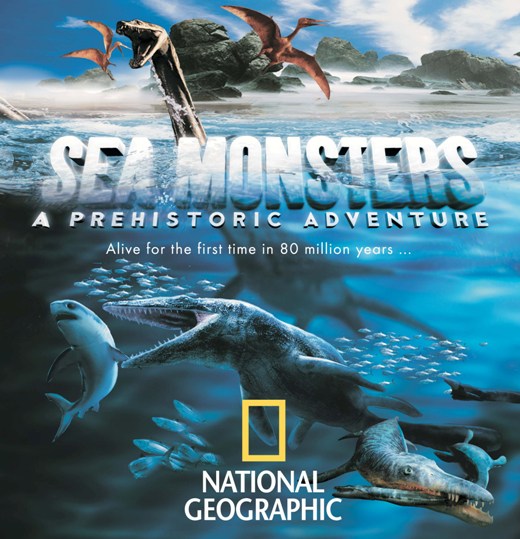

A 40-foot-long Tylosaurus (the T. rex of the deep) leaps from the pearlescent depths of immaculately computer-rendered waters directly into your face in Sea Monsters: A Prehistoric Adventure.
Talk about making Tylosaurus come alive!
About Loren Coleman
Loren Coleman is one of the world’s leading cryptozoologists, some say “the” leading living cryptozoologist. Certainly, he is acknowledged as the current living American researcher and writer who has most popularized cryptozoology in the late 20th and early 21st centuries.
Starting his fieldwork and investigations in 1960, after traveling and trekking extensively in pursuit of cryptozoological mysteries, Coleman began writing to share his experiences in 1969. An honorary member of Ivan T. Sanderson’s Society for the Investigation of the Unexplained in the 1970s, Coleman has been bestowed with similar honorary memberships of the North Idaho College Cryptozoology Club in 1983, and in subsequent years, that of the British Columbia Scientific Cryptozoology Club, CryptoSafari International, and other international organizations. He was also a Life Member and Benefactor of the International Society of Cryptozoology (now-defunct).
Loren Coleman’s daily blog, as a member of the Cryptomundo Team, served as an ongoing avenue of communication for the ever-growing body of cryptozoo news from 2005 through 2013. He returned as an infrequent contributor beginning Halloween week of 2015.
Coleman is the founder in 2003, and current director of the International Cryptozoology Museum in Portland, Maine.

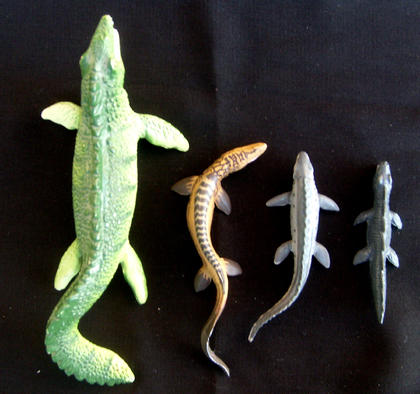
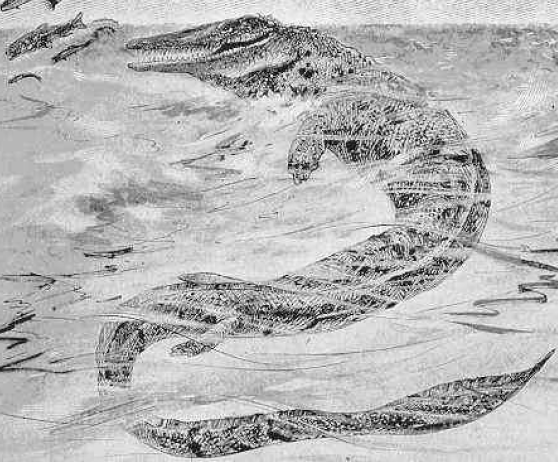

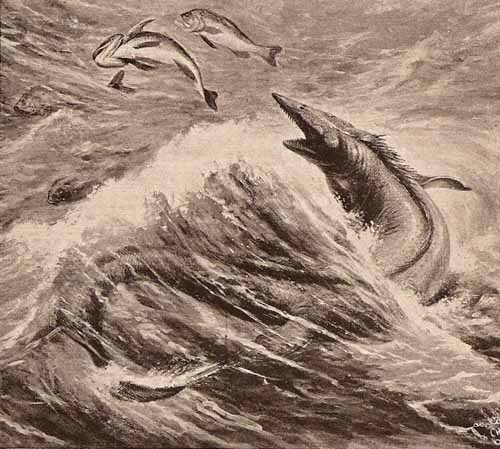


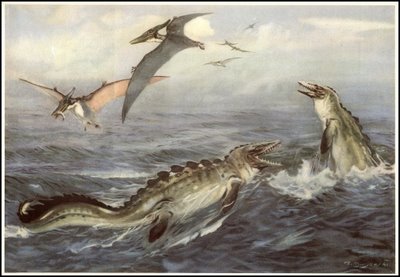
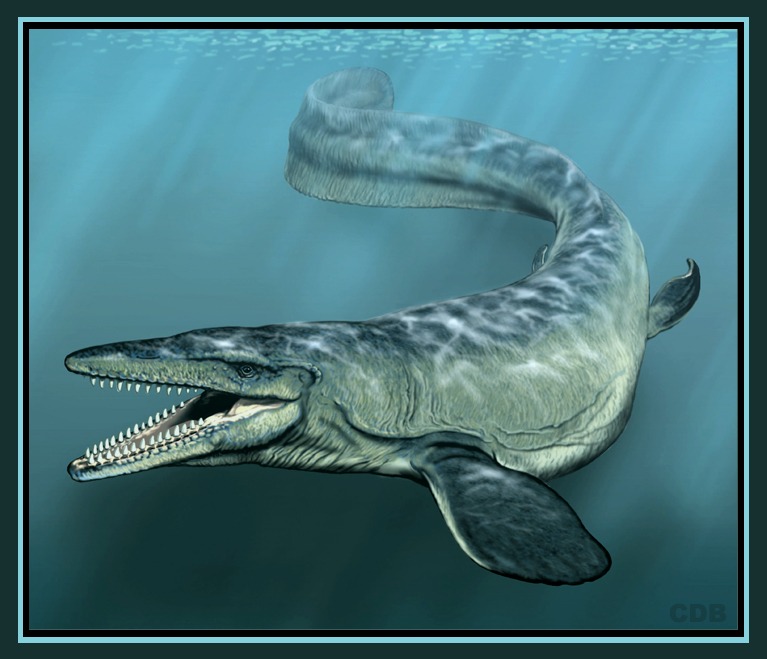
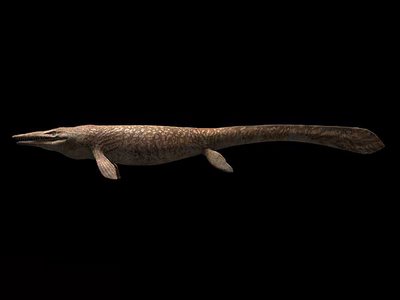
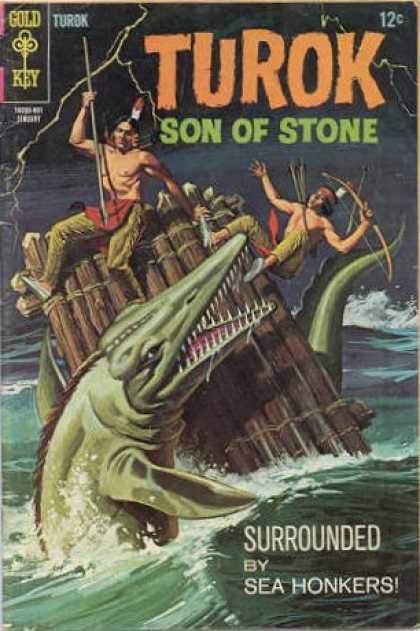
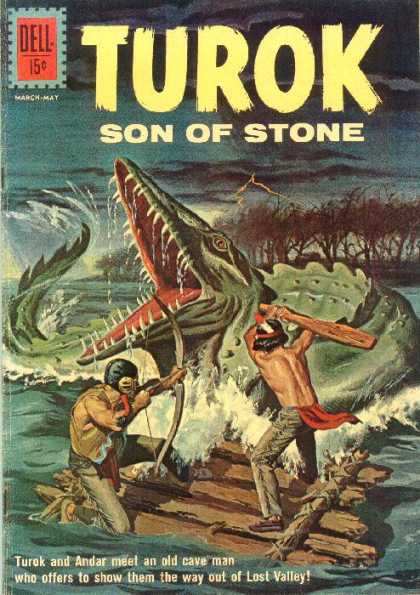











The idea of extant Mosasaurs is a fascinating one, and I always thought descriptions of the “Gambo” carcass neatly fit members of that species. However, I think it’s very likely the Mosasaurs were highly aggressive, even taking on large prey animals, that if they were still around, I think we would have seen major evidence of them a long time ago.
As far as I know the dorsal ridge of Tylosaurus was based on a misinterpretation of the fossil. Interestingly there is no kind of dorsal ridge in extanct varanids or snakes too. In fact there is no reason to think that mosasaurs had any kind of scaly crests on their backs. Furthermore their scales were extremely small and showed some convergence to the denticles of shark skin, so it seems not very probable they had some kind of unhydrodynamic crest.
Mososaurs are distant relatives of monitor lizards. The skull and skeletal structures, are very similar the major difference is in the foot/flipper adaptation. Think of them as sea-going Komodo dragons. Several species of monitors such as the Nile and Asian water monitor are semi-aquatic. Their behavior would provide a clue to the behavior of mososaurs. Monitors have no crests on their backs so it seems highly unlikely mososaurs would too. If they were still around we’d know it.
1) They dwell near the surface as they would surface for air periodically.
2) They would be highly aggressive
3) There would be clear evidence on prey items
4) They are BIG
5) There would have to more than a handful to successfully breed all these millions of years.
It would be exciting if they were around but on the other hand, we might be glad they are not, especially if you vacation on the beach.
Great post.
Scary looking critter—regardless of whether it is still around or not.
I have no problem imagining this as one of the reasons Plesiosaurs reduced in population.
Would not want to meet one in a “dark alley.” 🙂
There have been at least a couple of “alligator” descripted account of sea serpents in the Atlantic Ocean over the years.
Heuvelmans catalogued one that happened during World War I in the North Atlantic (Heuvelmans, In the Wake of Sea Serpents–ppg. 395-396) where upon (and I’m paraphrasing here) a British Steamer was sunk and in an explosion tossed an animal into the air: crocodile in shape, sixty feet long, four limbs with webbed feet and a long tail.
Heuvelmans listed 4 sightings of crocodile shaped critters in an ocean setting.
Granted, I think the likeliehood of a tylo/mososaur on the loose is pretty improbable, but it would be cool to see…as long as I wasn’t in the boat it was coming after…
Now isnt this what they say they see in Turkey i think it is. I seen it on youtube first then MonsterQuest had it on. Looked pretty cool. Hope it comes out that it is real.Respect to all..peace.
I recently became interested in the Monsterquest episode featuring an unclassified (or at least unidentified sea creature) frequenting the estuaries near Florida’s Turkey Point Power Station. I see that this has been a topic of discussion here for some time now. In spite of this late date I am chiming in with what I hope is some anecdotal evidence at least raising serious concerns as to the creatures identity as being that of a manatee.
I live on the same latitude but the opposite side of the Florida. We have many manatees here in Charlotte Harbor and adjoining areas. They are frequently seen from the dock on the canal I live on. One of my family’s favorite activities in colder winter weather (70’s low 80’s) is to visit Crystal River 50 miles to the north and legally swim with the manatees that huddle there in the crystal clear spring fed waters. Visitors wanting to swim with the manatees there are required to attend an hour long briefing by Florida Fish and Game where strict procedures and protocols are described along with vary scary explanations of what might happen to individuals who violate the rules. In any case over the 15 years we have lived here we have witnessed hundreds of manatees and actually snorkeled or scuba dived for sustained periods within 10 inches of these slow, lumbering, and tolerant animals. Not one time have I ever seen a manatee that resembles the creature depicted in Gene Sowerwine’s videos? The video subject’s estimated size of fifteen feet (sonar analysis of unsighted specimen) is well outside the normal maximum length associated for the West Indian manatee (Trichechus manatus). A manatee of 12 feet is extremely uncommon in Florida; in fact, I’ve never heard of even one attaining a length of ten feet. More conclusively though; the movements of the video’s subject creature is totally unlike those of a manatee. The quick sinuous movements depicted in the video are quite dramatic; and this is, to me, more convincing than even the unique un-manatee-like appearance. There exist videos that were never shown to the Monsterquest people; (because of Sowerwine’s justified suspicions regarding the MQ producers less than noble intentions). One of these videos clearly depicts a creature resting on the waters surface which looks very much like a crocodilian, specifically an American crocodile (Crocodylus acutus), which by the way, is endemic to the region and successfully reproducing in ever growing numbers. Yet the video subject here is clearly not a crocodilian, as there are no visible scutes, but rather a smooth skin surface. All crocodilians have obvious and characteristically large scutes. (Scutes are the enlarged armor like pointed plates appearing on the dorsal surfaces, feet, and tail. Undoubtedly Sowerwine knows what an alligator or crocodile looks like. He is a long time Florida resident and lifelong fisherman. To suggest that he doesn’t know what a crocodilian looks like is ridiculous.
In reviewing the available material available that might support the sighting of a creature similarly described (except for size) I was referred to German submarine U28’s Captain George-Gunther Freiherr von Forstner log entry describing a creature of similar physical characteristics apparently injured by an underwater explosion subsequent to the sinking of HMS Iberian.
While I could find no audio reading or log entry of the specific incident; the writings of Von Forstner clearly impress as to the unlikelihood of even slight exaggeration save gross fabrication. So this log entry must by itself suggest more than strongly for the existence of a similarly featured creature; unknown, uncommon or rare and certainly unclassified. As for the supposed numbers of such creatures we would be foolish to conclude that their numbers are few or great.
Always interesting is the clamorous attempts made by the government agencies involved to authoritatively attempt to squash all possible controversies regarding unclassified wildlife. To show a mutilated manatee tail paddle and claim it is of the same creature videoed by Sowerwine ids silly. The difference is obvious.
it is estimated that there is between 3.71 million and 5.97 million currently unknown oceanic species (largely due to our inability to build craft capable of withstanding the extreme pressures deep within our oceans) when compared to the total 1.2 million known species world wide you can see how little we actually know about our ocean, it is very likely that a prehistoric beast could be lurking in our oceans